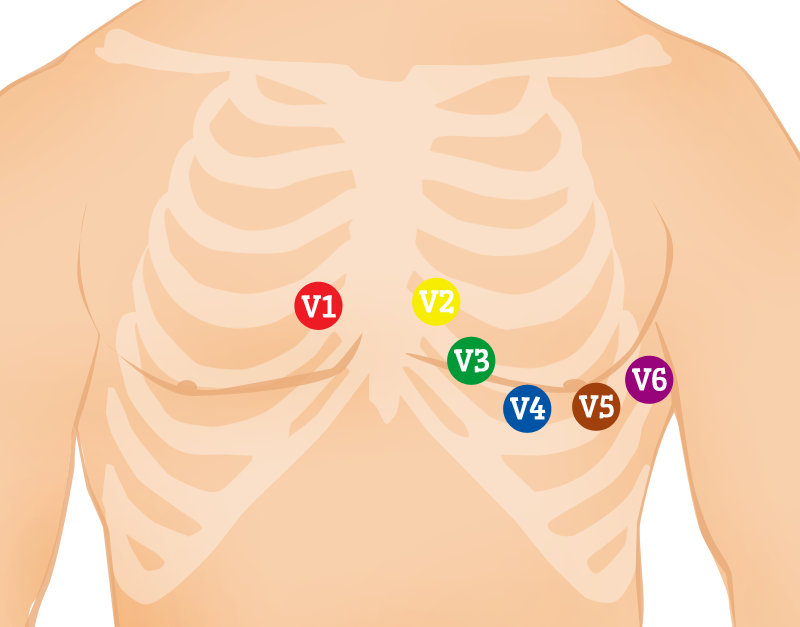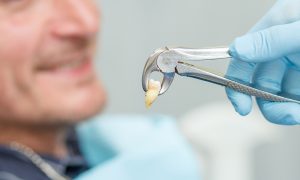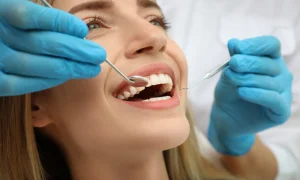
The 12-lead ECG is a very valuable, non-invasive way to record the heart’s electrical activity as waveforms.
When interpreted accurately, an ECG can detect and monitor a whole spectrum of heart conditions – from arrhythmias to electrolyte imbalance to coronary heart disease.
The first telecardiogram was recorded in 1903. In the century and more since, massive strides have been made in how ECG results are recorded and interpreted. In modern times, the 12-lead ECG is still the go-to diagnostic tool among paramedics, emergency care professionals, and hospital staff.
12-lead ECG electrode placement
Placing the electrodes correctly on to the patient’s body is absolutely crucial if you’re to measure the heart’s activity accurately.
In a 12-lead ECG, there are 12 leads calculated using 10 electrodes.
Chest (Precordial) Electrodes and Placement
- V1 – Fourth intercostal space on the right sternum
- V2 – Fourth intercostal space at the left sternum
- V3 – Midway between placement of V2 and V4
- V4 – Fifth intercostal space at the midclavicular line
- V5 – Anterior axillary line on the same horizontal level as V4
- V6 – Mid-axillary line on the same horizontal level as V4 and V5
Limb (Extremity) Electrodes and Placement
- RA (Right Arm) – Anywhere between the right shoulder and right elbow
- RL (Right Leg) – Anywhere below the right torso and above the right ankle
- LA (Left Arm) – Anywhere between the left shoulder and the left elbow
- LL (Left Leg) – Anywhere below the left torso and above the left ankle
What else you should note regarding 12-lead ECG placement
There are a few extra things to bear in mind here. Firstly, the limb leads can also be placed on the upper arms and thighs – however, you need to place them in a uniform way. For example, avoid attaching an electrode on the right wrist and one on the left upper arm.
Secondly, if your patient is female, place leads V3-V6 beneath the left breast.
Thirdly, regardless of whether your patient is female or male, do not use nipples as reference points in placing electrodes. This is because nipples vary in location from one person to another.
Looking to understand more about ECG?
If you’re a clinician and wish to improve your knowledge on this fascinating topic then PDUK’s The Patient – The Clinician – The ECG course is ideal. Highly interactive and worth 16 hours of CPD, this two-day module covers the key aspects you need to know about ECG.
The course will also examine a range of important ECGs seen in everyday practice. It will involve in depth dissecting of the ECG taking into account the patient’s presentation and how best to manage the patient once a diagnosis is reached.
This course is aimed primarily at doctors and junior doctors, as well as nurses and other allied health professionals. It’s delivered online but is extremely hands on and engaging, with breaks for questions throughout.
Click here to find out more about the course and secure your space today.



